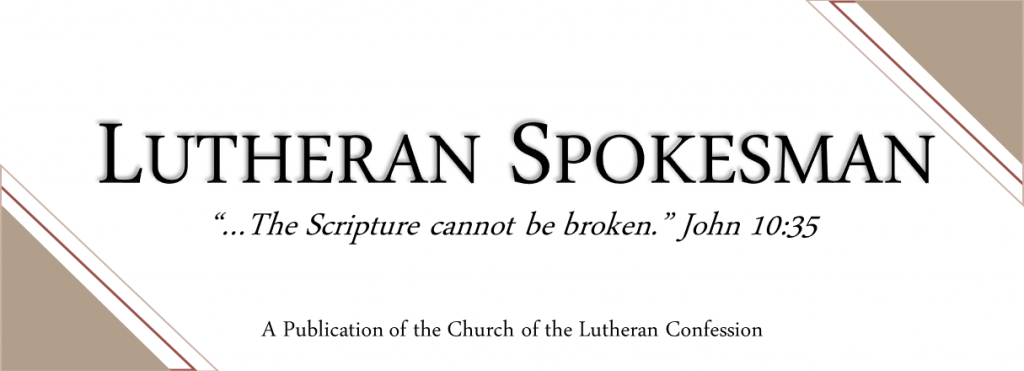COVER STORY – THE REFORMATION
Recently I came across the name of yet another Christian denomination that was new to me. I now don’t even recall what it was, but that led me to wonder just how many Christian denominations exist today. I was astounded by the answer. According to the two-volume World Christian Encyclopedia (Barrett, Kurian, and Johnson; Oxford University Press, 2001) there are over 33,000: “World Christianity consists of six major ecclesiastico-cultural blocs, divided into 300 major ecclesiastical traditions, composed of over 33,000 distinct denominations in 238 countries.” (Vol. I, p. 16).
Nor is this a declining trend. In the eighteen years since that book was published, the number of denominations has reportedly grown significantly. Although the supposition that there are over 33,000 Christian denominations is based in large part on the definition of “denomination” (a definition that is about as hard to pin down as a peeled grape) one fact is clear: Christians today have no trouble separating from others and forming themselves into autonomous groups.
It wasn’t always so. Other than the “Great Schism” of 1054 between eastern and western Catholicism, the Christian church saw no substantive division until the Lutheran Reformation of 1517. Prior to the Reformation, in other words, if someone claimed to be Christian it meant that he was either Roman Catholic or Eastern Orthodox (which, in reality, were just twin sons of a different father). There were some splinter groups during the 1,500 years prior to the Reformation, but such groups were routinely condemned as heretical and mercilessly crushed. The wall that enclosed “the Christian church” was broken by the Reformation, and once the outflow began, the exodus was stunning. In just seventeen years (by 1534) Christian could mean Catholic, Lutheran, Anglican, Presbyterian, Calvinist, Zwinglian, or any one of their ever-growing number of offshoots. Rome has been trying to reverse the flow ever since.The Goal Was Unity, Not Division

